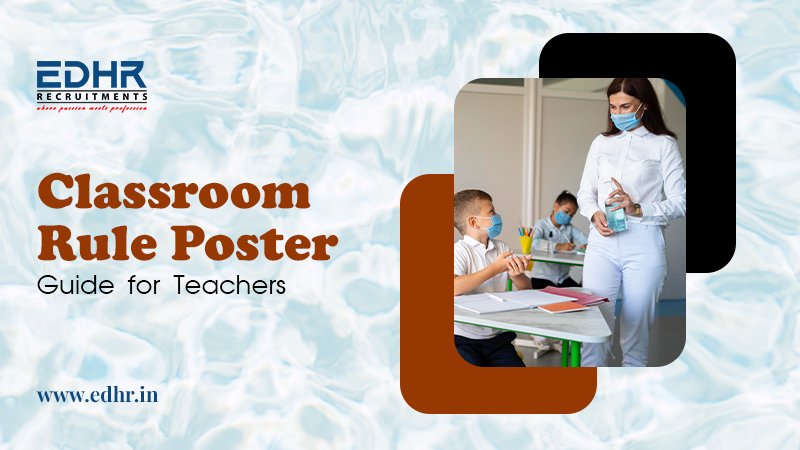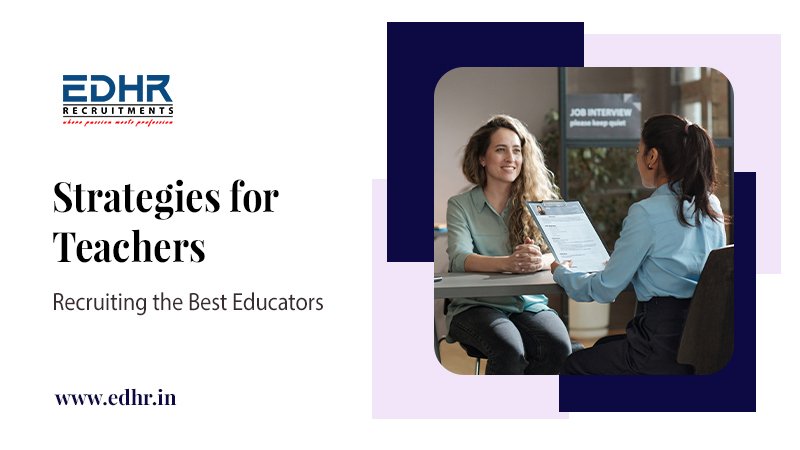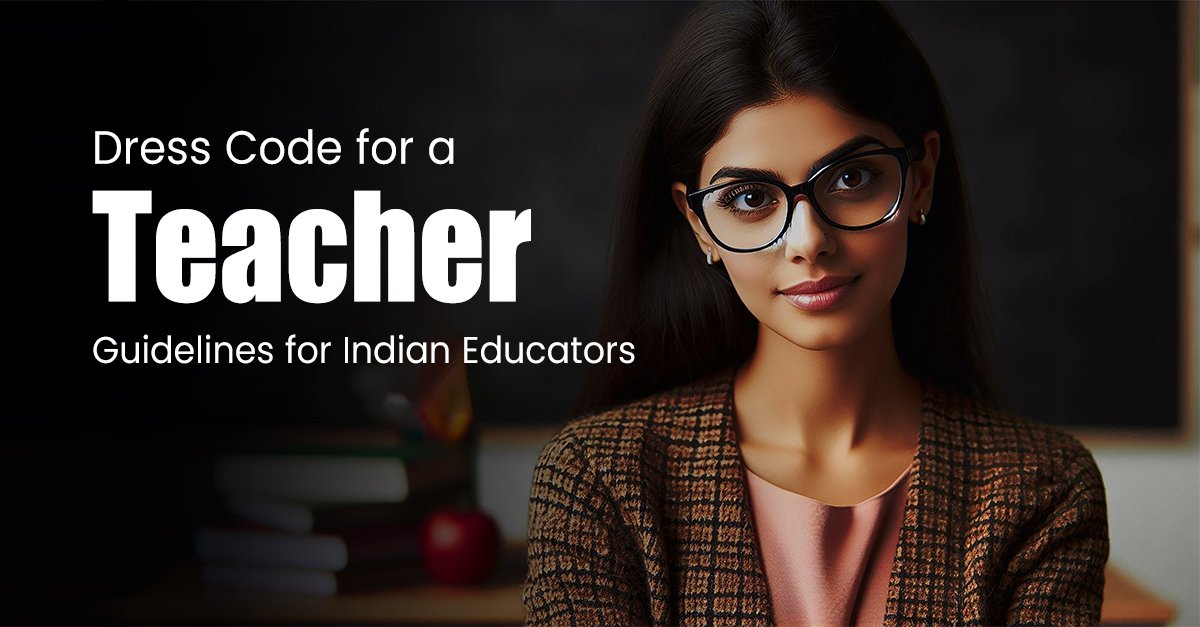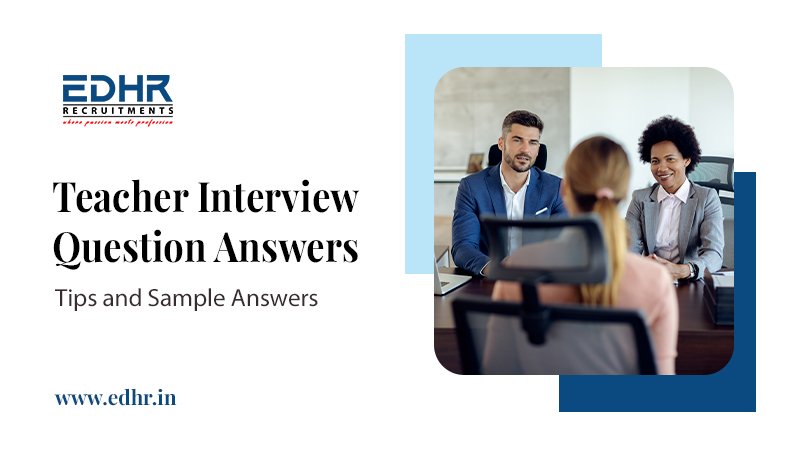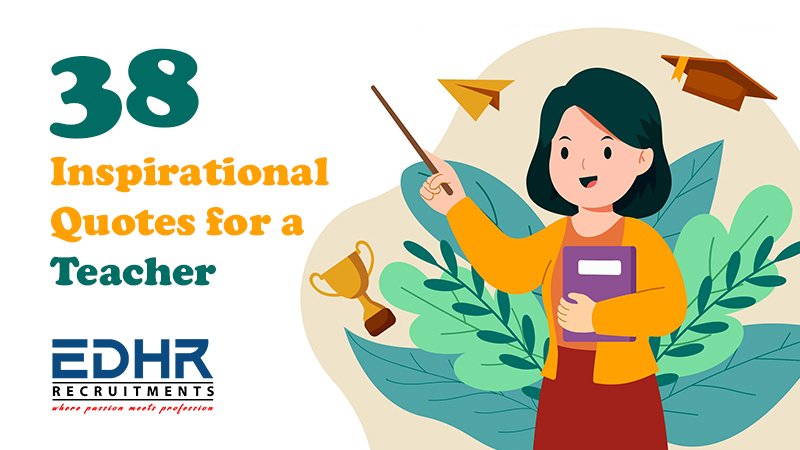Blog Details
Project-Based Learning - Benefits and Examples by EDHR
-
By EDHR
-
06-Apr-2024
In
the realm of education, one size does not fit all. Students have diverse
learning styles, and educators must adapt their teaching methods to accommodate
these differences. Project-based learning (PBL) is a dynamic approach that
allows students to engage with the material in a hands-on, collaborative
manner. In this blog, we will explore how project-based learning can be
tailored to suit various learning styles.
What is Project-based Learning?
Project-based learning is an educational approach that empowers students to explore real-world problems and challenges through hands-on projects. This method encourages students to investigate, collaborate, and think critically, fostering a deeper understanding of the subject matter while developing important skills such as creativity, problem-solving, and communication.
Benefits of Project-based Learning
One of the key advantages of project-based learning is its ability to cater to different learning styles effectively.
● Deepens Understanding: PBL encourages students to engage with content in a meaningful and authentic context, leading to deeper comprehension and retention of knowledge.
● Develops Critical Thinking Skills: Through inquiry, problem-solving, and decision-making, students hone critical thinking skills essential for success in academic, professional, and personal pursuits.
● Enhances Creativity: PBL stimulates creativity and innovation by allowing students to explore diverse perspectives, experiment with solutions, and express themselves through various mediums.
● Builds Real-World Skills: By tackling real-world challenges and tasks, students develop practical skills such as research, analysis, time management, and project management, which are directly applicable to their future endeavors.
● Encourages Reflection and Growth: Through reflection, self-assessment, and feedback, students gain insights into their strengths, weaknesses, and areas for growth, promoting continuous learning and improvement.
● Prepares for Future Success: By cultivating a diverse range of academic, social, and emotional competencies, PBL equips students with the skills and dispositions necessary for success in college, career, and civic life.
Examples of Project-based Learning Projects
- Designing a Sustainable Garden:
○ Students plan and create a
garden that meets specific design objectives.
○ They consider environmental
factors, plant selection, and maintenance.
○ Learning outcomes:
Environmental awareness, teamwork, and problem-solving.
- Creating
a Community Cookbook:
○ Students collect local
recipes, interview community members, and compile a cookbook.
○ They explore cultural
diversity, practice writing, and collaborate.
○ Learning outcomes: Cultural
appreciation, communication, and literacy.
- Building
a Solar-Powered Device:
○ Students design and construct
a solar-powered gadget (e.g., phone charger, water heater).
○ They learn about renewable
energy, engineering, and sustainability.
○ Learning outcomes: STEM
skills, creativity, and critical thinking.
Tips for Implementing Project-Based Learning
When
implementing project-based learning for different learning styles, consider the
following tips:
● Flexibility in project
choices: Offer a variety of project options to accommodate diverse preferences.
● Incorporating group work:
Encourage collaboration among students with varying learning styles to enhance
the learning experience.
● Providing various resources: Ensure access to a range of resources, including visual aids, audio recordings, and hands-on materials.
Challenges and Solutions
While project-based learning is beneficial, it comes with its challenges. Addressing diverse needs, managing time effectively, and ensuring equal participation are key considerations for educators.
Conclusion
In conclusion, project-based learning is a versatile approach that can be tailored to meet the needs of visual, auditory, and kinesthetic learners. By incorporating diverse project ideas, fostering collaboration, and addressing challenges proactively, educators can create a dynamic learning environment that caters to all students' learning styles.
If you are a teacher looking for jobs. Register in EDHR for finding perfect jobs for you.


